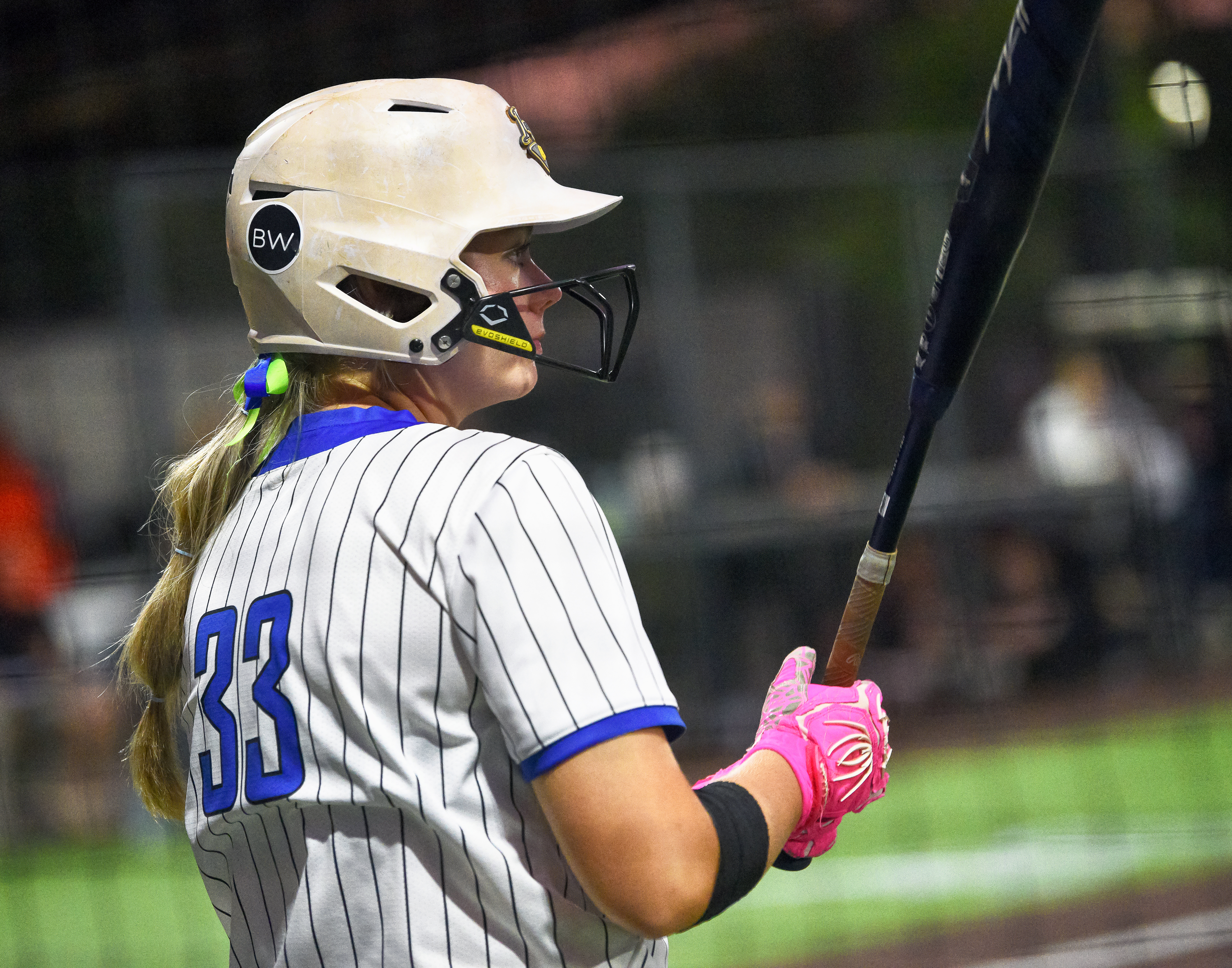Planting herbs for pollinators
Published 6:00 am Wednesday, June 14, 2017

- Herb gardens can help attract wildlife to your yard, such as this Gulf fritillary butterfly or pollinators like honeybees. Some factors to consider include soil quality and quantity of sunlight.
Q. I want to include herbs in my garden and need to know more about requirements for growing them. I’m also interested in attracting pollinators, especially honeybees. Which herbs will provide food or habitat for them?
A. This is a very pertinent question with summer quickly approaching, honeybee populations in decline, and herbs gaining status with a variety of gardeners. Let’s break the answer into two parts, one to address the herbs and one for the honeybees.
Herbs have many attributes that contribute to their increasing popularity in gardens and landscapes. Their historic use began as culinary and medicinal and expanded in the 21st century. Today, we grow herbs for aesthetic reasons and for use in cooking. There are other uses as well, including medicinal, aromatics, ornamentals, household/industrial and wildlife habitat.
Herbs are considered one of the easiest groups of plants to grow. Once established, most herbs are considered low maintenance and do very well with little water or fertilizer.
Soil condition and sun are important for growing herbs.
While herbs are adaptable to a range of soil and growing conditions, most don’t do well in poorly drained soil. Another limiting factor is the amount of sun available to them. If the site receives less than six to eight hours of sun a day, look for another site or consider herbs that can handle light shade. The sun/shade factor is especially important for pollinators, including honeybees, since most of them are attracted to plants that flower in full sun conditions.
One other point to consider is soil. Heavy clay is a challenging environment for most herbs. Make their life easier and more productive by planting herbs in raised beds or amending existing soil with well-composted organic matter to improve its porosity. Herbs also do great in containers. If you do not have the right spot for an in-ground herb garden, try mixing them up in pots, window boxes or any other fun container.
Herbs are a solution to the need expressed by many beekeepers to increase nectar availability in an area. Herbs are versatile, blooming the same year they’re planted in many cases. With sufficient variety, an herb garden can have plants in bloom 10 months out of the year, providing nectar and pollen sources for honeybees. However, not all herbs attract honeybees, so gardeners should pay attention to variety. Herbs such as basil, bee balm, hyssop (anise), mints, sage, and thyme are examples of bee favorites.
Designing an herb garden is similar to other gardens; segregate tall growing plants such as bee balm from low spreading herbs like thyme to minimize unwanted shading. Perennial herbs should be the focus of the garden as they will last for years without being replaced, although annuals can be used as fillers where appropriate.
Attracting wildlife — in this case a very special pollinator — takes a little extra work, but the effort is worth it when you see and hear the hum of honeybees visiting your herbs.
— For information on topics related to the home and garden, contact any office of the Alabama Cooperative Extension System. The Limestone County Office is located at 1109 W. Market St. in Athens. Office hours are 8 a.m.-4:30 p.m. Mondays through Fridays. For more information, call 256-232-5510 or visit www.aces.edu.





